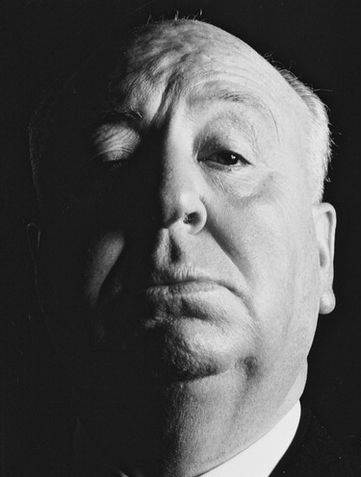
By
Brian Freeman
Νενίκηκά σε Σολομών "Solomon, I have outdone thee!" Justinian I
¨ Located in
¨ Hagia Sophia is sometimes called Church of the Holy Wisdom, or Ayasofya in Turkish.
¨ Unfortunately nothing remains of the original Hagia Sophia called Magna Ecclesia, which was built on site in the fourth century by Constantine the Great which was destroyed in a riot.
¨ Following the destruction of
¨ Hagia Sophia was rebuilt in her present form between 532 and 537 under the personal supervision of Emperor Justinian I.
¨ It is one of the greatest surviving examples of Byzantine architecture and is universally acknowledged as one of the great buildings in world.
¨ The architects of the church were Isidore of Miletus and Anthemius of Tralles.
¨ Their work was a technical triumph, even though the structure was severely damaged several times by earthquakes. The original dome collapsed after an earthquake in 558 and its replacement fell in 563.
¨ For over 900 years the Hagia Sophia was the seat of the Orthodox Patriarch of Constantinople and a principal setting for church councils and imperial ceremonies.
¨ Hagia Sophia remained a functioning church until May 29, 1453, when Sultan Mehmet the Conqueror entered triumphantly into the city of

¨ The main ground plan of the building is a rectangle, 230 feet (70 m) in width and 246 feet (75) m in length.
¨ The area is covered by acentral dome with a diameter of 31 meters (102 feet), which is just slightly smaller than that of the Pantheon in
¨ 9th-century mosaic of the Virgin and Child, the oldest of the surviving mosaics in Hagia Sophia.
Krautheimer, Richard. Early Christian and Byzantine Architecture. Peguin Books:1986.
“Hagia Sophia,




0 comments:
Post a Comment